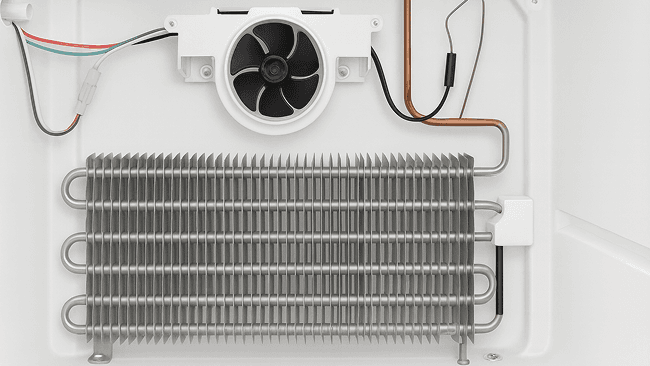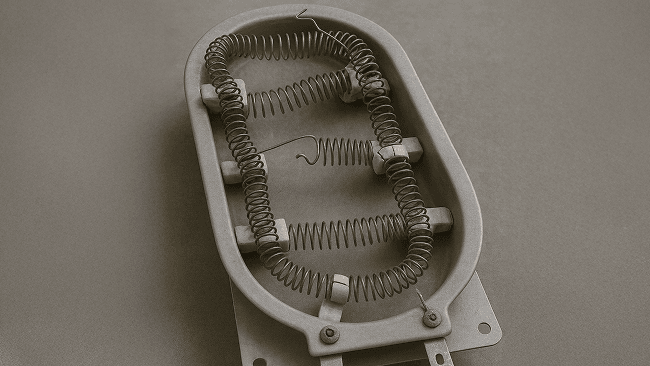How a Stove & Oven Really Work
How does a stove and an oven work? While it may seem simple, sometimes residents are not so sure. So you get a service call. I'm not sure my, my range or my oven is working. So this particular range has dual elements, so inside here you'll see come close that the full surface area is heating. However, if I go to the other side of the switch, the smaller.
There we go. Element will heat. So now this is the interior element, so this is a dual element, so I have to make sure I check both. So now both of them should come on, which means it's perfect. Now also, the indicator light is working so you can see cooktop, hot cooktop on those are very important. And make sure you don't overlook those and lean on the stove.
So we'll check this burner. And what we're looking for right now is for the burner to get hot, and then if you leave it on, it should cycle on and off. However, stoves and ovens are designed to have a heat load on them, so you shouldn't leave the burners on too long with no heat load, not without a pot on it, basically.
So we'll do this with all of the elements. Okay, so this is the dual element, so this'll be one element. There it is. Okay. Now this one, we'll check. This should be the interior. Perfect. This will be the both of the burners inside. Okay, perfect. So those so far are good. Now I wanna open the oven and explain how ovens work.
So this setting, and if you've ever wondered why oven doors always stay open. This is the broiler setting. So you can look at, say, the mac and cheese to make sure that it's getting gold and brown, and so it toasts from the top. So the broiler is on top. And these are designed to be open when you're broil.
You don't have to, but that's what it's designed for. Now if you look at the elements, the oven element is on the bottom. So let's take a look at the element. So you can see the element is in a circle, more of a circle, which means the heat will go up around the sides and come down and bake. And if you look at the broil element, it goes forward and back.
Forward and back. And that is more like a toaster to put heat evenly on the surface of something. And if the door is here, this is the position where you can just lift the door and the entire door will come off the oven. So you can, uh, work on the oven Now. On all of these switches on on the back one leg.
In other words, the 240 volts, one wire is always hot. So if these knobs are off and you open up the back, you can still get shocked. Be careful if you remove one of the elements and the breakers are on, even though the switches are off. They each still have 120 volts to them at all time, so be careful. But we can put the oven on the broiler, make sure it gets nice and red hot.
It gets red hot. The door stays in this open position for broiling. You check all of the elements, make sure the indicator lights work. Make sure the clock is set before you go. And that is a basic overview of how a range works.




